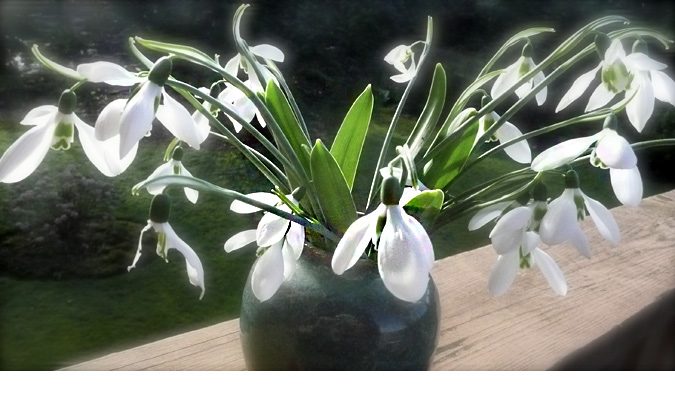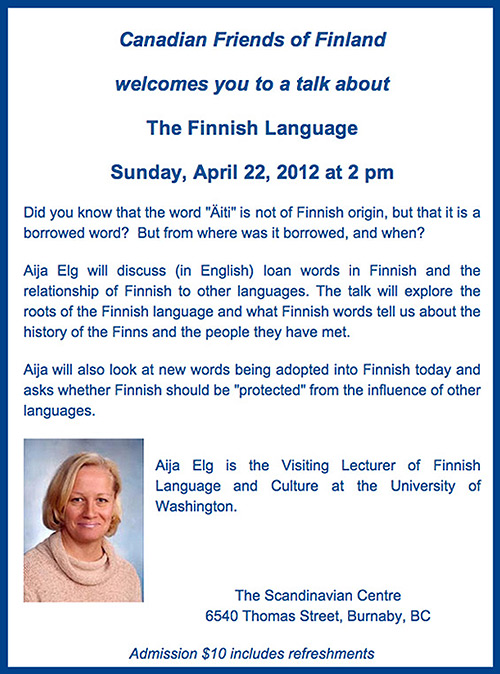translation
My first language is Finnish but opportunities to speak it are now rare. Reading it at so many good blogs and news sites on the internet helps to keep me somewhat literate. One favourite place, though in English, is Books from Finland, ‘a journal of writing from and about Finland’.
Yesterday’s article particularly interested me: Why translate? by British poet Herbert Lomas (1924–2011) who was a prolific translator from Finnish. He describes the work and knowledge and understanding of language differences in order to capture the author’s intent. The following excerpts intrigued me and challenged my own rusty linguistic understanding of my mother tongue:
There are many differences between Finnish and English. Leaving aside for the moment the extraordinary disparity between Teutonic syntax and Finno-Ugrian syntax, the vocabulary alone puts you into a different climate and weather. Vowels are musical notes and Finnish is full of vowels.
Consonants are noises – and English is full of consonants. Finnish words are all stressed on the first syllable. English words simply alternate stressed and unstressed syllables – and the word may begin with unstress or stress. Finnish lends itself to dactyls. Dactyls have never been much at home in English. Most English poetry is written in iambs, with trochees coming second, a few anapaestic poems, usually not very good; and not even Hiawatha, imitating the Kalevala, resorted to the dactyl. But Finnish words are all Finnish – either invented from existing roots or naturalised beyond recognition.
Do read on if this subject interests you. Most of us know that the Finnish language is a difficult one for outsiders to learn so I have great respect for translators like Lomas and others who have mastered the language enough to note subtleties, especially in poetry.
More articles by Herbert Lomas here and about him and his list of works here.
Related posts on the Finnish language can be found in my archives under Linguistics.
PS: I just noticed that Herbert Lomas also translated Troll: a love story by Finnish author Johanna Sinisalo, which I was ever so lucky to find in our local library and enjoyed reading. It is rare to find Finnish books here.








